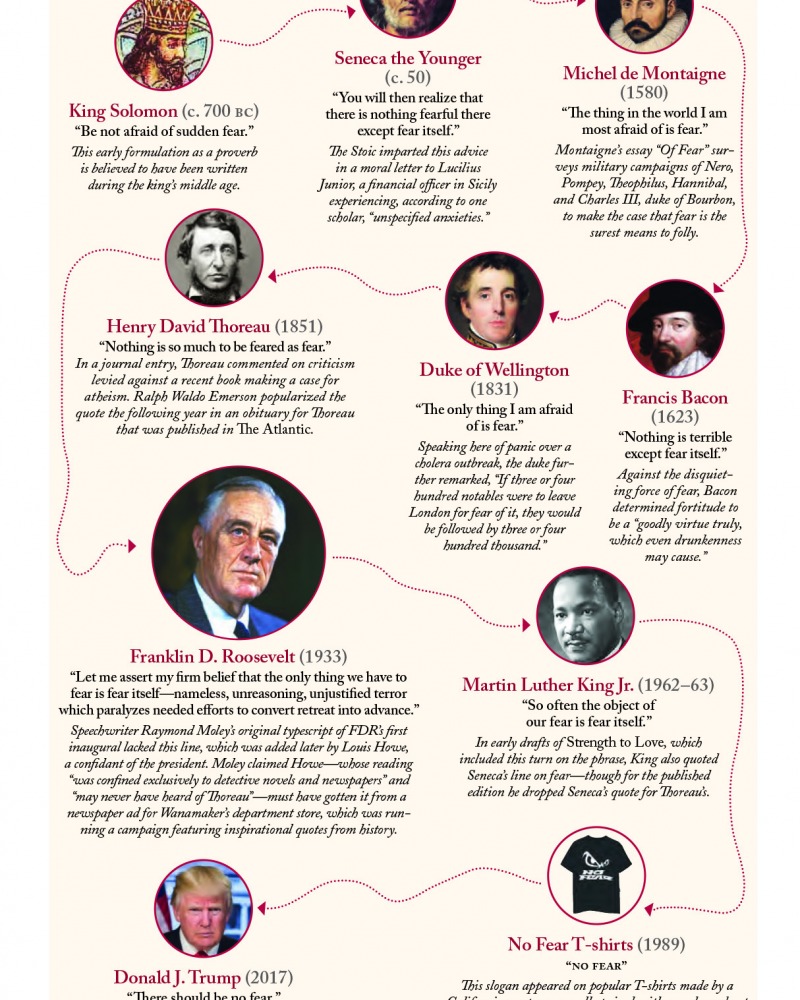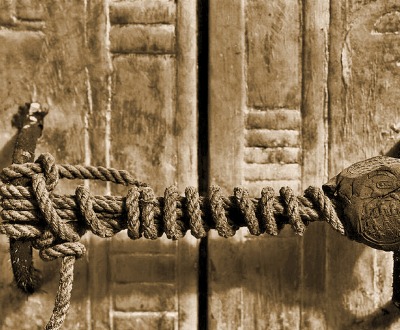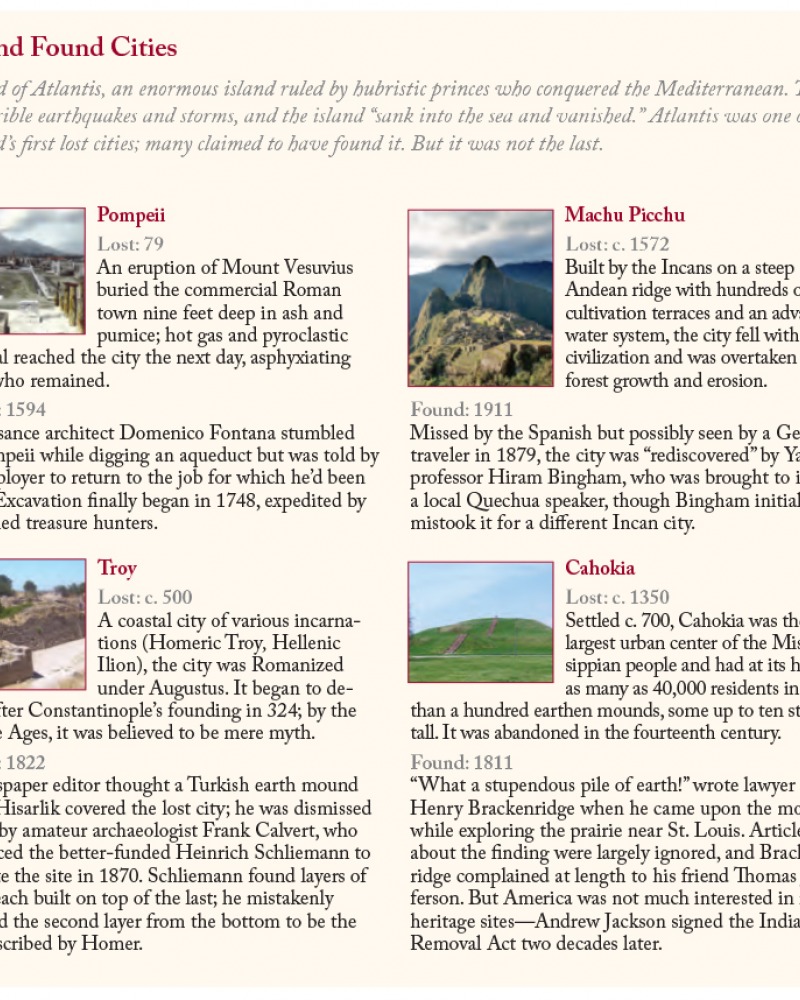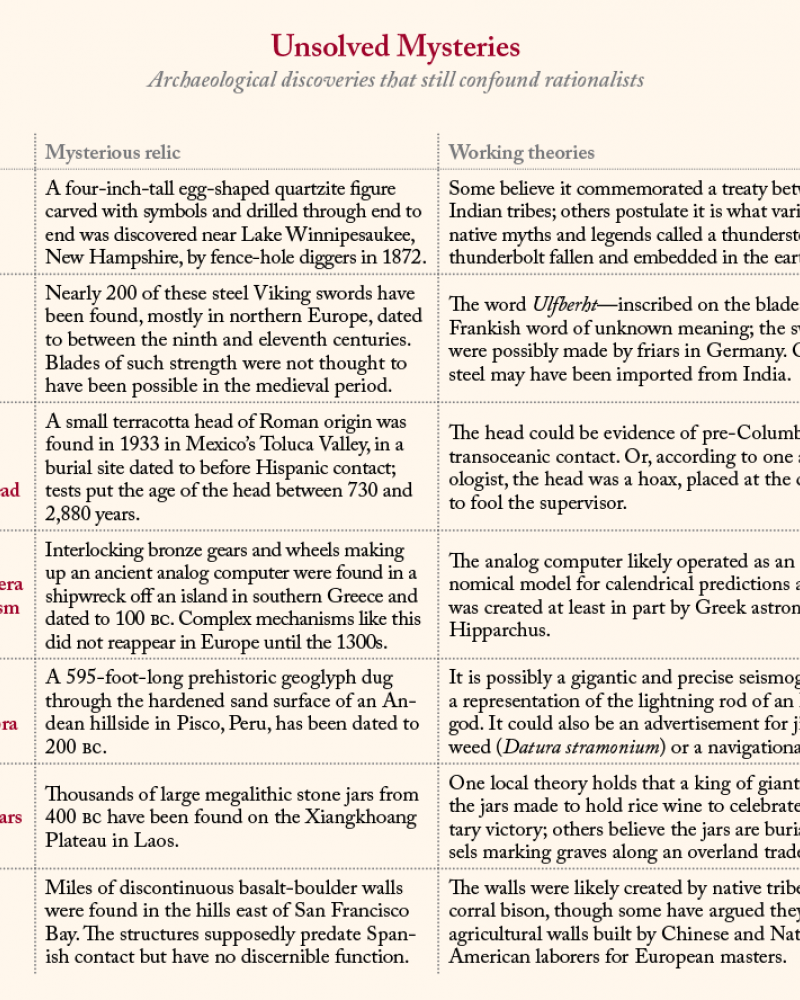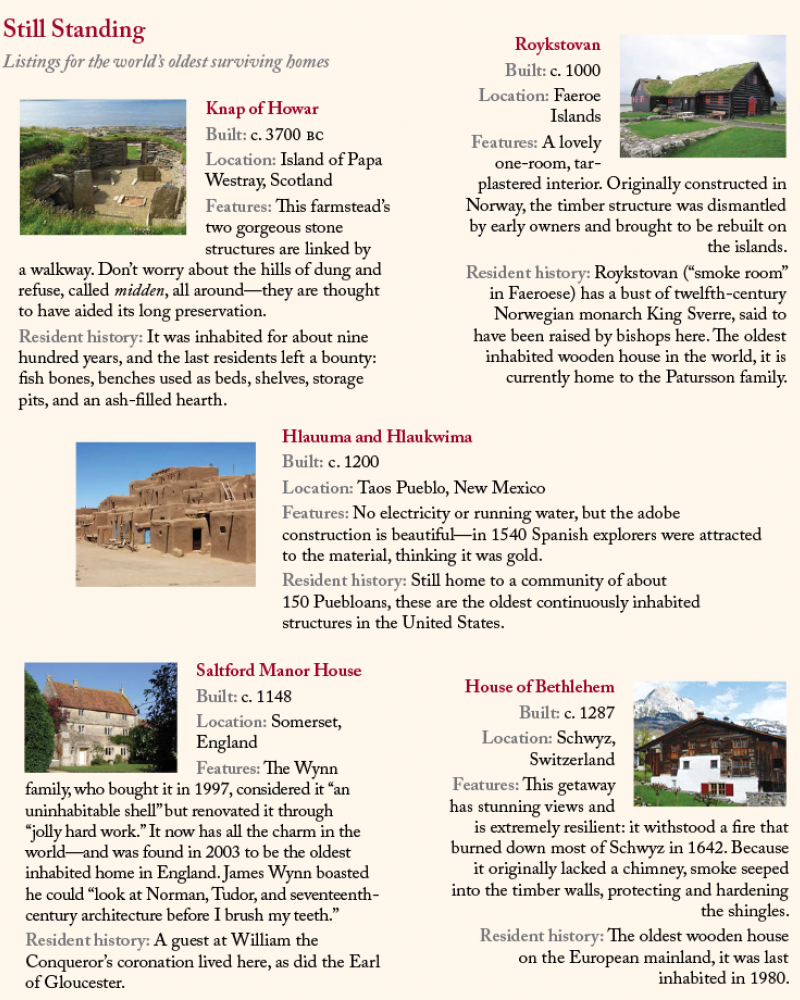Miscellany
A scholar in Peking contracted malaria in 1899 and was given medication with an ingredient labeled “dragon bones.” The bone chips, he found, were inscribed with writing dating back to China’s second dynasty. Thousands more were uncovered in the decades following; many of these “oracle bones” had inscriptions recording celestial events, which scientists have since used to calculate changes in the length of an earth day and in the rate of the earth’s rotation.
Miscellany
A 52-million-year-old fossilized tomatillo found in January 2017 revealed the fruit to be five times older than scientists had previously thought. “The initial discovery was a very big OMG moment,” said paleobotanist Peter Wilf. “I was like, ‘Wait a minute, wait a minute, wait a minute. Could it be? Could it be? Could it be? Really? Really? Really?’ Then I just went nuts.”
Miscellany
Archaeologists in France discovered in 1865 a Stone Age human skull with a hole sawed in it. They believed it had served as a drinking vessel; one wrote the hole was “expressly made for the application of the lips.” But later study by an anatomist proved this to be incorrect: the skull was actually evidence of ancient brain surgery.
Miscellany
“A peaceable person,” wrote Brazilian novelist Jorge Amado in The Discovery of America by the Turks, intended for publication in 1992 for the five-hundredth anniversary of 1492, “can’t take the smallest step or blow the slightest fart without the fifth centenary landing on his head.”
Pages


